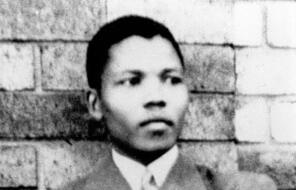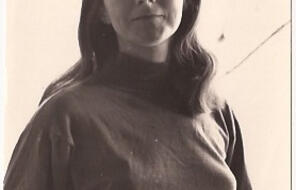Resource Library
Find compelling classroom resources, learn new teaching methods, meet standards, and make a difference in the lives of your students.
We are grateful to The Hammer Family Foundation for supporting the development of our on-demand learning and teaching resources.

Introducing Our US History Curriculum Collection
Draw from this flexible curriculum collection as you plan any middle or high school US history course. Featuring units, C3-style inquiries, and case studies, the collection will help you explore themes of democracy and freedom with your students throughout the year.
3281 Results
Agency and Action in the World Today (En Español)
In Spanish, this handout helps students reflect on an example of individual or collective agency in the world today that inspires them.
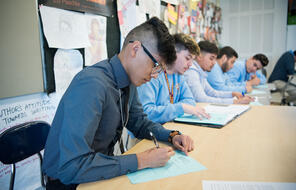
Women Rise Up Against Apartheid and Change the Movement
Activist Frances Baard details the struggle of Black South African women under apartheid and their active participation in anti-apartheid demonstrations, including the multiracial 1956 Women’s March on Pretoria.
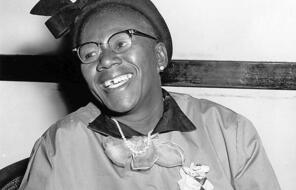
Analyzing Actions and Outcomes
This handout helps students analyze a character's decision-making process in a scene and discuss as a group.
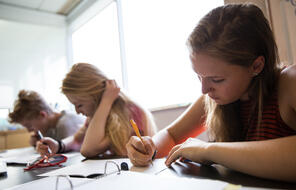
Analyzing Actions and Outcomes (en español)
In Spanish, this handout helps students analyze a character's decision-making process in a scene and discuss as a group.

Perspectives on Power: Big Paper Quotations
Students use this handout to reflect on five different perspectives about power and consider the ways in which each one confirms, challenges, or changes their initial thinking about the concept.
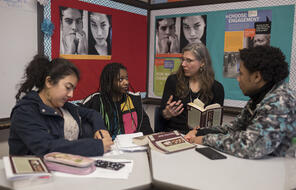
Perspectives on Power: Big Paper Quotations (en español)
In Spanish, students use this handout to reflect on five different perspectives about power and consider the ways in which each one confirms, challenges, or changes their initial thinking about the concept.

What Is Power? Anticipation Guide
Give students this anticipation guide to help them reflect on the concept of power and what different types of power look like.
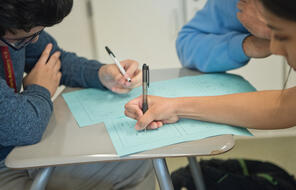
What Is Power? Anticipation Guide (en español)
In Spanish, this handout helps students reflect on concept of power.

Rena Ferber Finder 1929 - 2023
Rena Finder, a Schindler's list survivor, was committed to sharing her story in the hope of keeping the lessons of the Holocaust alive.
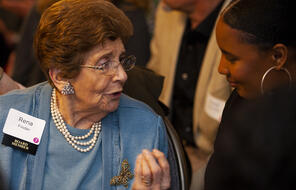
Mandela's Strategic Decision
Examine Nelson Mandela’s emotional rejection of a 1985 offer by the South African government to free him if he renounced violence and abstained from politics.
